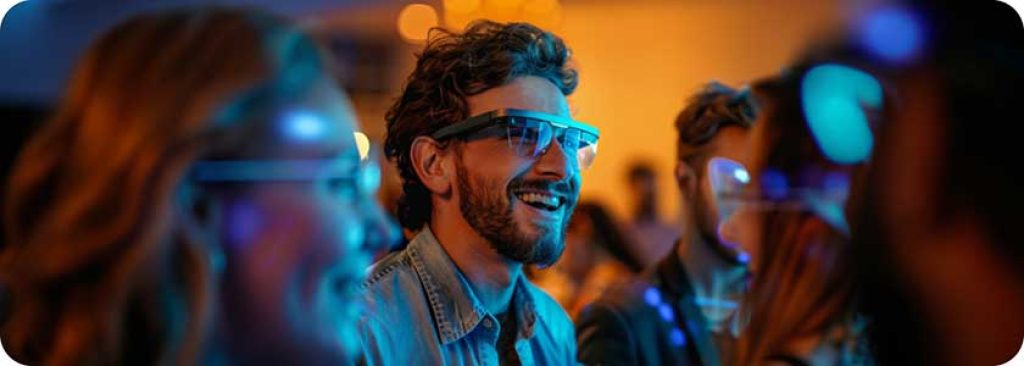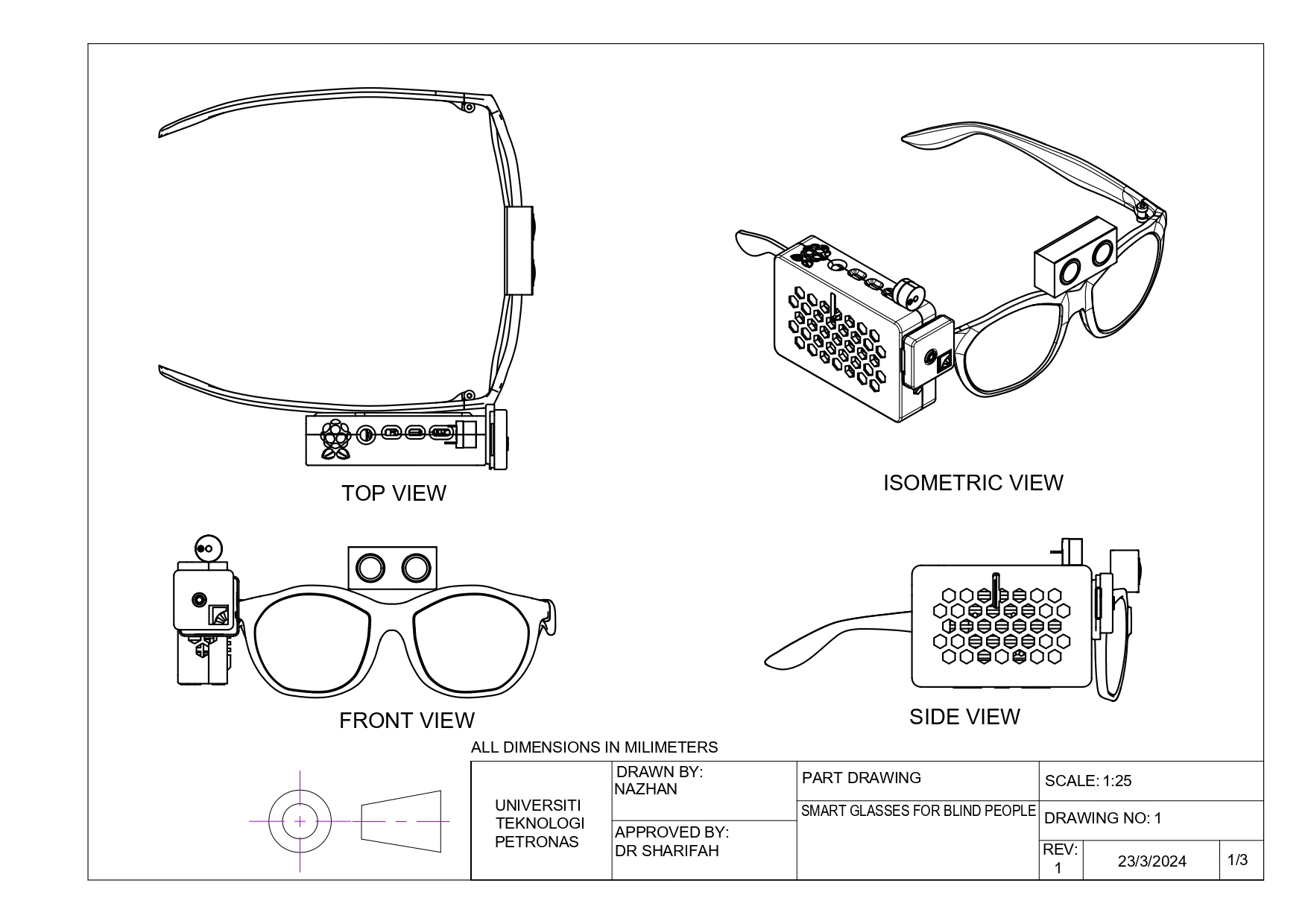The Future of Assistive Technology for the Blind: Empowering Independence
The Future of Assistive Technology for the Blind: Empowering Independence
Blog Article
Innovative Solutions in Assistive Technology for Visual Problems
The landscape of assistive technology for visual problems is progressing rapidly, presenting a series of ingenious options that boost access and self-reliance. From sophisticated mobile phone applications that promote navigation to wearable devices designed for real-time support, these devices are improving the experiences of those with aesthetic impairments. The assimilation of clever home modern technologies and instructional resources has the prospective to cultivate better area engagement. Nonetheless, the effects of these developments raise critical questions concerning their availability and efficiency in diverse contexts, necessitating a closer exam of their broader influence.
Advancements in Smart Device Applications
Recently, advancements in mobile phone applications have actually dramatically transformed the landscape of assistive modern technology for people with aesthetic disabilities. These applications take advantage of the effective sensing units and capacities of modern-day smartphones to provide users with tools that improve self-reliance and accessibility in their lives.
Notable amongst these advancements are applications created for item recognition, which make use of the smartphone's electronic camera to identify things and offer verbal summaries. Such features equip individuals to browse their atmospheres more efficiently, whether determining products in stores or situating personal possessions in the house. Furthermore, text-to-speech applications have actually improved significantly, making it possible for customers to capture printed message with their gadget's cam and obtain split second audio comments, therefore facilitating analysis and understanding.
Navigating applications tailored for aesthetically damaged individuals have actually likewise emerged, providing auditory support and thorough place info. These devices give vital support for flexibility, permitting users to go across unfamiliar spaces with self-confidence. Additionally, community-driven applications have promoted social interaction and resource sharing amongst individuals with visual disabilities, developing a helpful network that enhances their lifestyle. Generally, smartphone applications have actually become indispensable allies in promoting autonomy and access for people with visual problems.
Wearable Gadgets for Navigating
Wearable tools for navigation have emerged as a groundbreaking solution for individuals with aesthetic disabilities, providing hands-free support that enhances movement and positioning. These devices commonly make use of advanced technologies, including GPS, ultrasonic sensors, and expert system, to offer real-time comments and instructions to users as they browse their atmosphere.
One notable instance of wearable navigation innovation is clever glasses, which can discover challenges and relay auditory or haptic feedback to the user, enabling safe and reliable movement in various settings. Various other devices, such as belts and vests equipped with sensing units, can in a similar way notify users of their surroundings by giving notifies about close-by objects or adjustments in terrain.
Furthermore, numerous wearable devices integrate with smart device applications, making it possible for customers to personalize their navigating preferences and receive customized course suggestions. This personalization can dramatically boost the customer experience, encouraging people to take a trip with better self-confidence and self-reliance.
As innovation continues to create, the potential for wearable navigating tools to improve the top quality of life for individuals with visual problems remains considerable, leading the method for more available and comprehensive atmospheres.
Smart Home Modern Technology Combination

Moreover, smart devices equipped with responsive user interfaces or acoustic feedback provide instinctive interactions that provide especially to the needs of those with visual problems. Clever fridges can announce their materials and expiration days, while smart stoves can lead customers via the cooking process with audio guidelines.
Home automation systems, such as clever doorbells and safety and security video cameras, provide satisfaction by allowing individuals to obtain informs and gain access to live feeds through their mobile gadgets, enhancing individual safety (AI-powered visual aids). In addition, integration with smartphones and tablet computers guarantees that individuals can handle their home environment from anywhere within their properties
As wise home innovation remains to evolve, it holds the possible to change the living experiences of individuals with visual problems, promoting independence and enhancing lifestyle in a significantly connected world.

Educational Tools and Resources
Access go to my site to effective educational devices and sources is essential for people with visual impairments, as it equips them to engage totally in their knowing experiences. Numerous assistive innovations have been developed to enhance access and foster independent discovering.
Furthermore, academic software application particularly designed for aesthetically impaired individuals uses functions such as high-contrast settings and customizable message dimensions. These tools suit varied discovering designs and make sure that students can customize their instructional experience to their demands.
Additionally, access to audio books and digital libraries increases the array of readily available learning products, allowing trainees to discover subjects comprehensive without the limitations imposed by traditional print sources. Collaborative systems that incorporate accessibility attributes also help with team tasks, guaranteeing that aesthetically damaged trainees can contribute meaningfully along with their peers.
Neighborhood Assistance and Interaction
A robust network of area assistance and interaction is important for individuals with visual impairments, fostering an inclusive setting where they can prosper. Area organizations, regional advocacy groups, and volunteers play a critical function in providing sources, info, and friendship, which are important for enhancing the quality of life for Full Report those affected by aesthetic impairments.
Interaction tasks such as workshops, get-togethers, and assistance groups not just help with skill advancement but additionally advertise social interaction, reducing sensations of isolation. These initiatives motivate individuals to share experiences, successes, and challenges, consequently strengthening community bonds. Additionally, collaborations with local organizations can result in higher availability in public spaces, further integrating individuals with visual problems into the neighborhood.
Technology additionally boosts community interaction through on-line systems that offer virtual support groups and resources, permitting individuals to attach despite geographical barriers. By harnessing both in-person and electronic remedies, neighborhoods can develop a detailed assistance network. Inevitably, promoting collaboration among different stakeholders-- consisting of households, instructors, and health care experts-- makes certain that people with aesthetic disabilities obtain the all natural assistance needed to browse life properly and with dignity.
Conclusion
Cutting-edge remedies in assistive technology for visual impairment significantly enhance the high quality of life for individuals dealing with these obstacles. The assimilation of smart device applications, wearable tools, wise home modern technology, and academic tools fosters higher self-reliance and ease of access. Community support and interaction additional encourage visually impaired people, advertising inclusivity and participation in various elements of life. Jointly, these innovations not only transform daily experiences however also lead the way for an extra equitable society.
The landscape of assistive modern technology for aesthetic disability is advancing quickly, offering a variety of ingenious services that improve access and self-reliance. Community-driven applications have actually cultivated social communication and source sharing amongst people with aesthetic disabilities, creating a helpful network that enhances their top quality of life. Overall, mobile phone applications have actually become vital allies in advertising freedom and accessibility for individuals with aesthetic impairments.
Several individuals with aesthetic impairments are finding better freedom with the integration of clever home modern technology.Ingenious remedies in assistive technology for visual impairment considerably boost the top quality of life for individuals encountering these obstacles.
Report this page